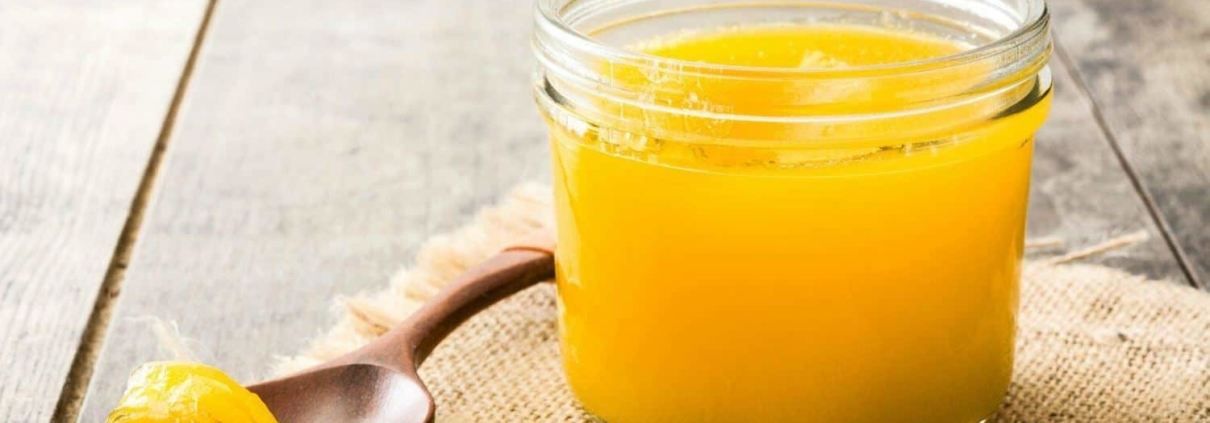How to Identify Purity of Ghee
In an Indian household, ghee is an essential part of our diets. It is not only for its delicious taste but also for the health benefits. An Indian full course meal can never be completed without ghee. As we all know, whenever the demand and supply gap widens, the game of adulteration starts. So consumers must be vigilant in terms of avoiding adulteration.
In this article, we will cover 4 prominent ways of finding out adulteration of ghee at home.
First of all, let’s know the process of making ghee which will further help us understand the adulteration in it.
Mostly the fundamental process of ghee preparation is the same as simmering the butter which is churned from milk cream. All the impurities are then filtered and a clear liquid fat is stored i.e. ghee.
The color, texture and smell factors of ghee thoroughly depends on the quality of butter, source of milk and the time spent on boiling of milk.
How to test purity of your ghee at home.
- Palm test: Take a spoonful of ghee and wait for a while. If it starts melting at your palm, then it is pure because pure ghee melts at body temperature. If it is not melting it means it has some adulteration of oils and fats.
- Heat test: This is another one of the easiest methods of testing your ghee. Take a spoonful of ghee in any vessel then heat it, if it melts quickly and turns brownish in colour it means it is surely pure.
- Bottle test: Take a transparent small bottle and add a teaspoon of melted ghee along with a pinch of sugar. Close it tightly and give it a generous shake, if red appears at the bottom of the bottle it means your ghee contains vegetable oil in it.
- Double boiler method check:
This method checks whether your ghee contains traces of coconut oil.
For this method use a flat bottom pan, add some water in the pan then simmer water in it. Put the jar of ghee over the simmering water. Now, put the jar in the fridge for some time. If you see the ghee and coconut oil is solidifying in layers, it means your ghee is adulterated with coconut oil, it is not consumable at all.

 © The Gau Company. All Rights Reserved.
© The Gau Company. All Rights Reserved. © The Gau Company. All Rights Reserved.
© The Gau Company. All Rights Reserved. © The Gau Company. All Rights Reserved.
© The Gau Company. All Rights Reserved.
Leave a Reply
Want to join the discussion?Feel free to contribute!